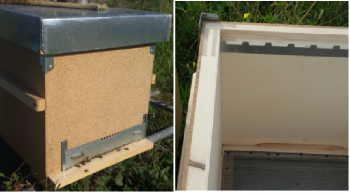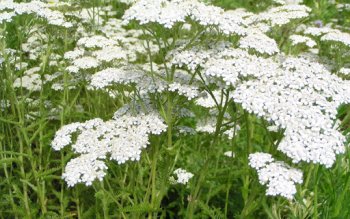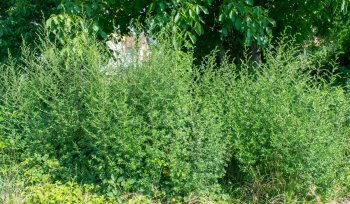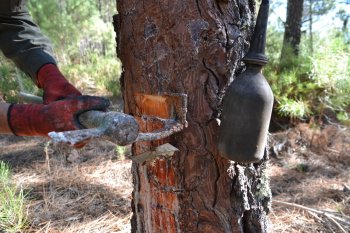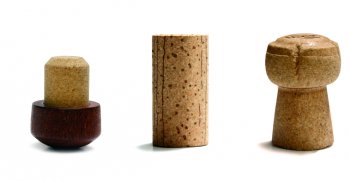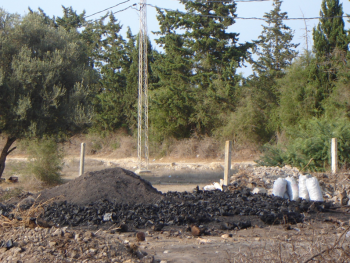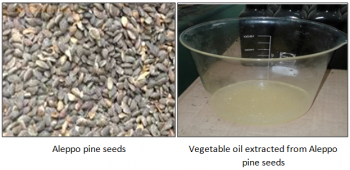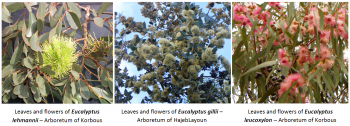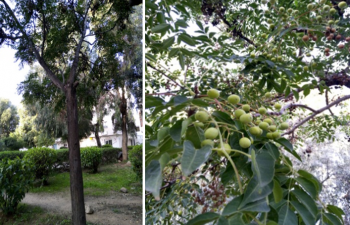The use of cork in the thermoregulation of beehives
The aim of this trial was to : a) increase thermoregulation efficiency of beehives by using cork in the construction of hive walls, thus improving bee health and hive productivity; b) contribute to the maintenance of traditional apiculture practices of Mediterranean agro-silvo pastoral systems, as historical findings indicate a widespread use of cork for the construction of rustic hives; c) favour a better use of a secondary product of the cork processing industry (granulated cork); d) produce lighter and more resistant hives, compared to wooden hives; e) promote the use of cork as a...

